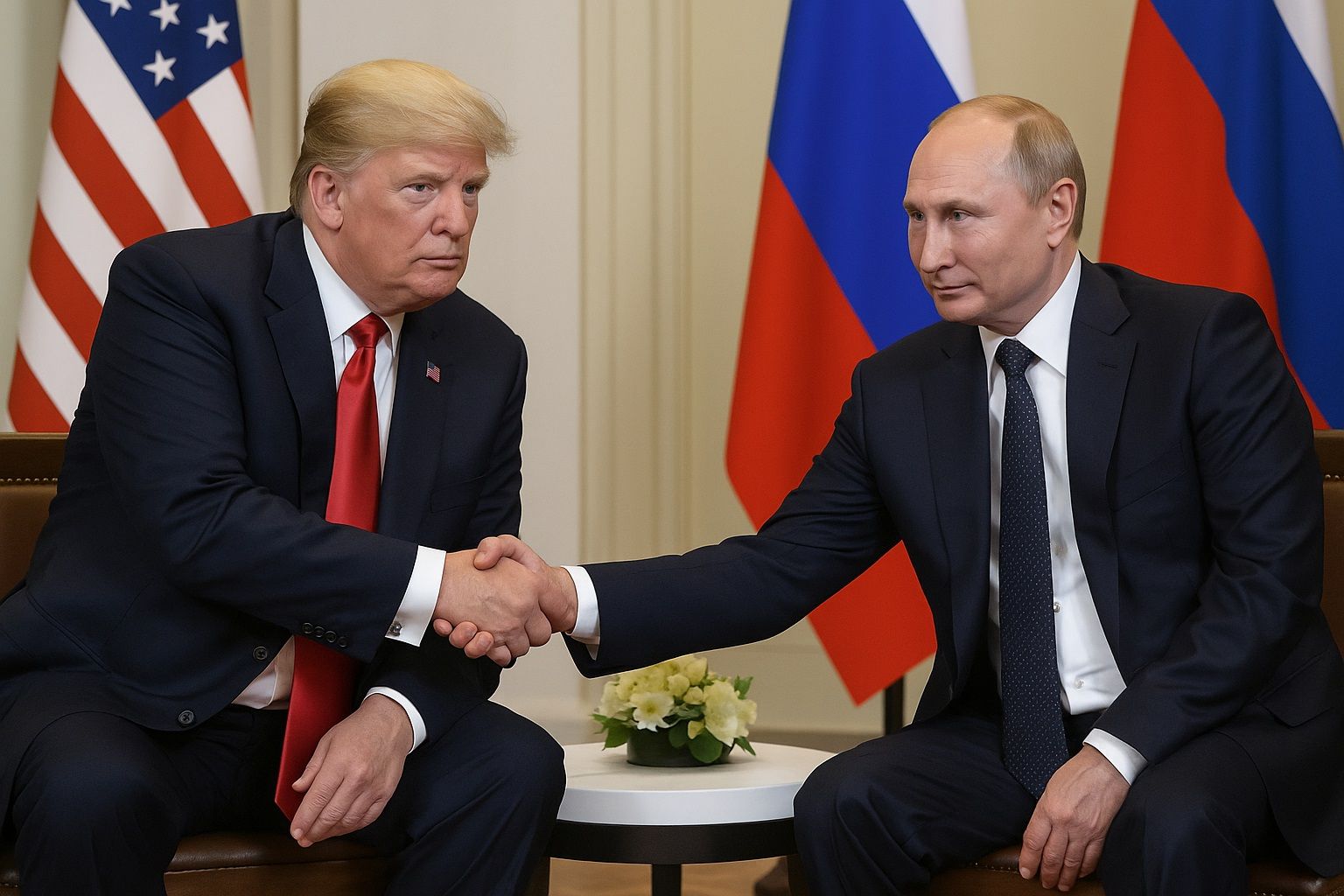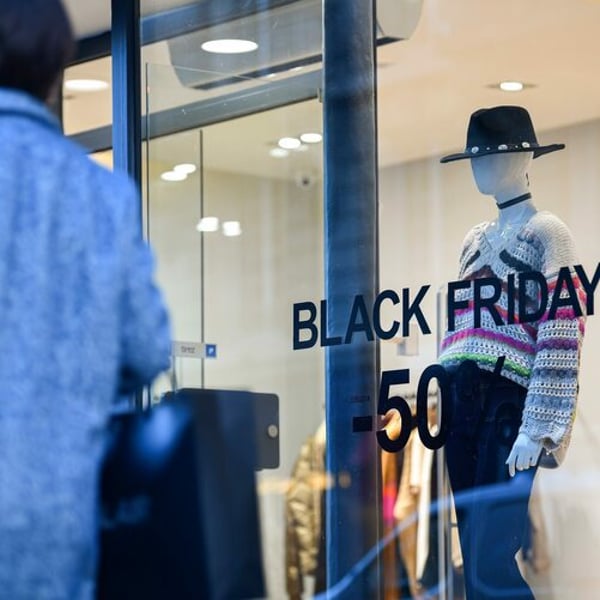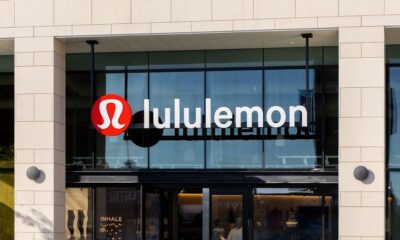Fashion
Alaska calculus: What the Trump–Putin meeting means for India?

In the early stages of the trade escalation, there was a general consensus in India that Washington’s aim was to secure greater concessions, with many believing that Trump’s additional tariff threat was a strategic move to bring India back to the negotiating table. However, those hopes have been dampened in recent days.
Trump has signalled that further trade talks with India are unlikely unless a separate, sensitive issue is resolved—India’s ongoing oil imports from Russia, which he argues is “fuelling the war machine” in the Ukraine. When asked by journalists if the tariff decision would result in a renewed push towards finalising a bilateral trade agreement (BTA), Trump’s response was reportedly in the negative, which is seen in reference to his demand that India halt its oil purchases from Russia first.
The 25 per cent additional tariff imposed by Donald Trump on Indian goods is set to take effect from August 27.
According to some estimates, owing to increased tariffs, certain knitted garments could face duties as high as 64 per cent and woven apparels around 60.3 per cent.
The Trump-Putin meeting on August 15 in Alaska might influence the course of India-US trade ties.
This linkage of trade negotiations to India’s energy diplomacy has now thrown bilateral discussions into uncertainty. Experts and analysts suggest that as long as the Russia-Ukraine conflict continues and India maintains its current oil strategy, progress on trade talks with the US could remain frozen.
Meanwhile, according to reports, US Treasury Secretary Scott Bessent emphasised in a recent interview that the US has imposed secondary tariffs on India for purchasing Russian oil and reportedly warned that further measures could follow if the situation does not improve.
From an economic standpoint, the imposition of the new tariffs poses a serious though not devastating challenge for India. Many analysts are of the opinion that it is not going to cripple an economy of India’s size.
However, the consequences for specific export-driven sectors—particularly textiles and apparel—could be much more severe. India’s labour-intensive textile industry, which heavily relies on US demand, is bracing for a potential loss of up to $5 billion in business, according to some industry estimates.
Owing to increased tariffs, certain knitted garments could face duties as high as 64 per cent, while woven apparel could be hit with tariffs of around 60.3 per cent, claim industry insiders. These elevated rates place India at a serious competitive disadvantage, especially when compared to rivals like Bangladesh, Vietnam, Pakistan, and Cambodia.
Meanwhile, industry voices from textile hubs like Tiruppur, Coimbatore, and Karur have already sounded the alarm. As per media reports, manufacturers in these regions claimed some existing orders from US buyers have been paused, and there is growing concern that future contracts could be diverted to countries with lower tariffs.
This shifting trade landscape is unfolding at a time when broader diplomatic developments are also in flux. All eyes are now on the upcoming meeting between Donald Trump and Russian President Vladimir Putin, scheduled for Friday, August 15, in Alaska.
The primary focus of this meeting is going to be the ongoing war in Ukraine.
For India, this high-stakes diplomatic engagement could carry significant implications. If the talks result in any meaningful progress towards de-escalating the Russia-Ukraine conflict, India’s continued oil imports from Russia could become less contentious—possibly removing one of the major obstacles to renewed US–India trade discussions.
A breakthrough at the Alaska meeting could thus provide the diplomatic cover needed for both sides to resume stalled trade talks, feel some experts.
Though still speculative, the summit’s outcome will be closely watched by Indian industry leaders and policymakers for sure. That it falls on India’s Independence Day only adds a symbolic twist—depending on how the talk plays out, it could pave the way for easing the tariff pressure. But if things go south, a further strain in trade relations remains a distinct possibility.
Fibre2Fashion News Desk (DR)
Fashion
U.S. Black Friday online sales hit record $11.8 billion, Adobe reports

By
Reuters
Published
December 1, 2025
American shoppers spent a record $11.8 billion online on Black Friday, up 9.1% from last year, final data from Adobe Analytics showed.
Adobe Analytics, which tracks over 1 trillion U.S. retail site visits, expects shoppers to spend $5.5 billion on Saturday and $5.9 billion on Sunday, up 3.8% and 5.4% from a year earlier respectively.
Separately, software firm Salesforce reported that American consumers had spent $18 billion on Black Friday purchases, up 3% from a year ago, with luxury apparel and accessories among the most popular categories.
Although U.S. consumers spent more this Black Friday compared to last year, price increases hampered online demand, according to Salesforce, with shoppers purchasing fewer items at checkout compared to last year.
At physical stores, the bargain-chasing was relatively subdued on post-Thanksgiving morning, with some shoppers saying they feared overspending amid persistent inflation, trade policy-driven uncertainty, and a soft labor market.
Cyber Monday, traditionally a big day for online deals, is expected to be the season’s biggest online shopping day again, Adobe projects, driving $14.2 billion in spending, up 6.3% from last year.
© Thomson Reuters 2025 All rights reserved.
Fashion
Mielle becomes NFL’s first textured haircare partner

Published
December 1, 2025
Textured haircare brand Mielle has launched a new partnership with the National Football League, marking the League’s first collaboration with a textured haircare company.
The campaign aims to support the millions of NFL fans with textured hair—women now make up about half of the NFL’s fanbase—while addressing the unique hair challenges faced by athletes wearing helmets, including dryness, breakage and frizz.
The partnership expands Mielle’s growing footprint in professional sports and is designed to boost representation, access to high-quality care, and product innovation for textured-hair athletes and fans.
“The NFL is excited to have Mielle, a brand that is committed to performance, community, and empowering fans and athletes, lean into the NFL partnership” said Tracie Rodburg, SVP global partnerships, NFL.
“This partnership aligns with the league’s mission to build lasting connections within our communities nationwide and celebrate the self-expression of our players and fans.”
The P&G brand says the collaboration gives Mielle a major platform to showcase the performance of its dermatologist-reviewed, Skin Health Alliance–accredited formulas under real athletic conditions.
“We’re honored to be the first textured hair care partner of the NFL through our partnership with P&G,” said Monique Rodriguez, founder and CEO, Mielle. “For so many of us, football represents family and community. It’s attending cookouts, tailgates, reconnecting with family and friends, and showing up in your favorite team colors. And for millions of fans, that includes twisting, braiding, and caring for your textured hair before kickoff.”
The announcement is accompanied by a social-first campaign, including the viral “Passing the Phone” video moment featuring talents across the league from including players, executives and agents, to players’ families and on-air talent.
Copyright © 2025 FashionNetwork.com All rights reserved.
Fashion
India’s logistics push puts fashion in the fast lane

The government’s three-year scorecard backs this up. Since its launch in September ****, ULIP has integrated more than thirty logistics and customs systems and clocked over *.* billion (***+ crore) API transactions as of around August ****, effectively treating data flows like rails. LDB, operational since July ****, has cumulatively tracked over ** million EXIM containers across *** inland container depots (ICDs) by around August ****, turning container visibility from a premium add-on into the default. A Transportation Emissions Measurement Tool (TEMT), developed by IIM Bangalore and partners and endorsed by DPIIT, now gives exporters an ISO-*****-aligned way to report logistics emissions, so freight can sit alongside product footprints in sustainability dossiers.
From Map to Mill Gate: What Gati Shakti Has Actually Changed
-

 Sports1 week ago
Sports1 week agoWATCH: Ronaldo scores spectacular bicycle kick
-

 Entertainment1 week ago
Entertainment1 week agoWelcome to Derry’ episode 5 delivers shocking twist
-

 Politics1 week ago
Politics1 week agoWashington and Kyiv Stress Any Peace Deal Must Fully Respect Ukraine’s Sovereignty
-

 Business1 week ago
Business1 week agoKey economic data and trends that will shape Rachel Reeves’ Budget
-

 Tech6 days ago
Tech6 days agoWake Up—the Best Black Friday Mattress Sales Are Here
-

 Politics1 week ago
Politics1 week ago53,000 Sikhs vote in Ottawa Khalistan Referendum amid Carney-Modi trade talks scrutiny
-

 Tech23 hours ago
Tech23 hours agoGet Your Steps In From Your Home Office With This Walking Pad—On Sale This Week
-

 Fashion1 week ago
Fashion1 week agoCanada’s Lululemon unveils team Canada kit for Milano Cortina 2026

















